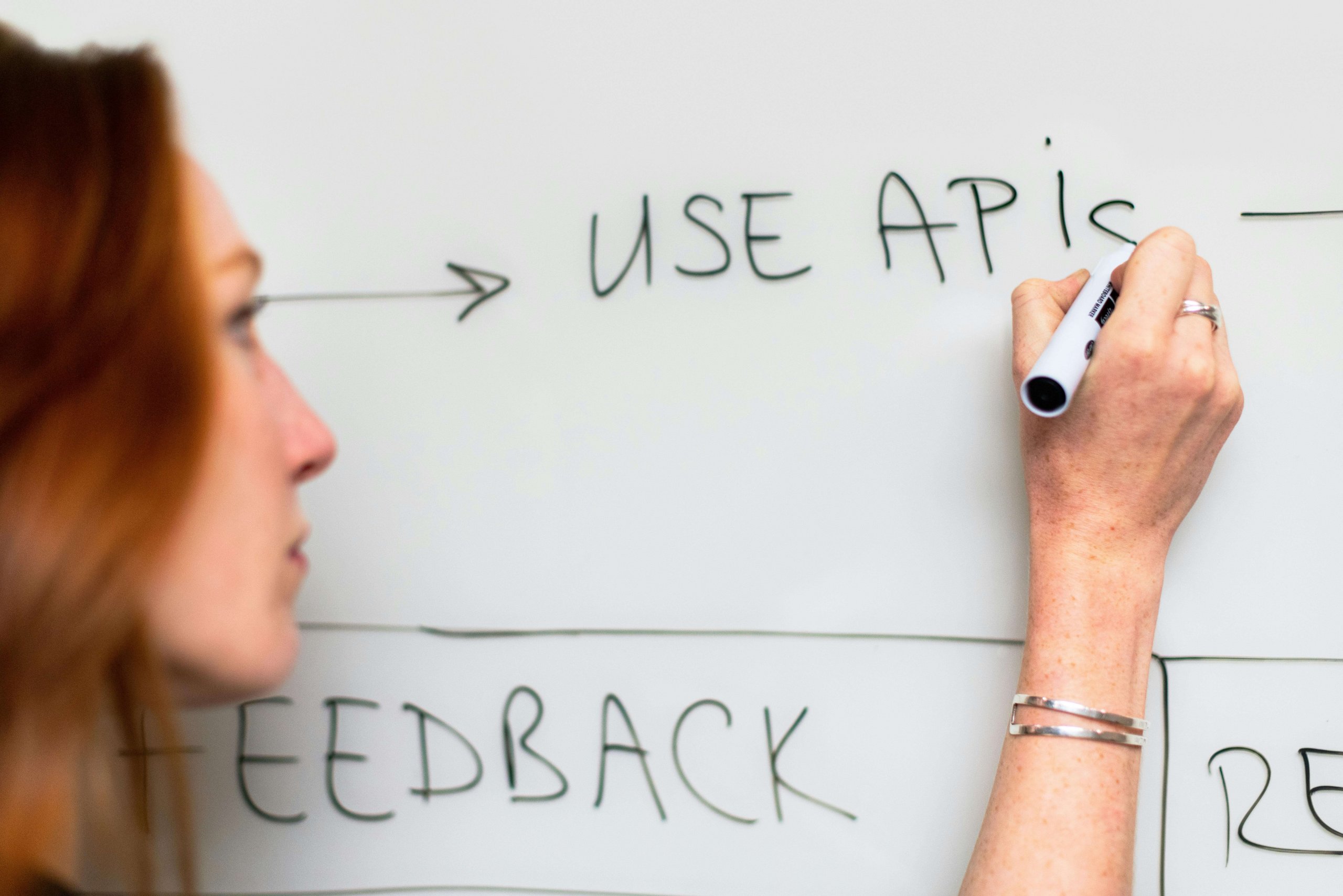Strategic Mapping Across Functional Layers
In today’s dynamic digital landscape, successful platforms require alignment between IT development and user experience. The foundation of any online system, whether a customer portal, retail application, or real-time support dashboard, must balance architectural robustness with interface sensitivity. Companies like BPOManila, which serve fast-moving industries through digital-first operations, know firsthand that disconnected backends and frontends create fragmented experiences.
Modern development no longer occurs in technical isolation. Backend logic must reflect human priorities, and front-end interactivity must be supported by secure and scalable infrastructure. Users care little about how a system is built if it doesn’t respond smoothly. They want systems that load fast, display relevant information, and work flawlessly across devices.
That requires development priorities to be driven not just by technical efficiency but by user satisfaction. This approach demands not only smart coding and testing protocols but also a deep understanding of customer behavior. These considerations inform everything from API structuring to data caching strategies.
Cross Functional Feedback Loops
Cross-functional collaboration is now essential in uniting IT and user experience outcomes. Teams that work in isolation are prone to creating disjointed results. In contrast, agile teams with integrated development and design pipelines can adapt more fluidly to feedback and iterate in real time.
One key strategy is the use of real-world behavioral data to inform system evolution. Metrics like scroll depth, time-on-page, bounce rate, and error occurrence can reveal how users are truly interacting with an interface. Developers who understand this context are better equipped to build features that actually enhance the experience.
Continuous delivery models further support this integration. Instead of waiting for large releases, small updates pushed through agile sprints can quickly test and deploy incremental improvements. These improvements, drawn from real usage data, reduce friction and fine-tune engagement.
Teams that excel in this space operate with shared goals, clear handoffs, and synchronized roadmaps. The outcome is a user journey that feels natural, even when the underlying technical work is complex and extensive.
Front End Visibility and Backend Dependencies
The average user interacts only with the front-end interface, but what they experience is the result of numerous backend dependencies working in harmony. The speed of database queries, the reliability of API calls, and the logic that governs user states, all of these have a direct impact on perceived usability.
For instance, if a dynamic search bar auto-populates in real time, but the backend server is slow to respond, the feature becomes frustrating. Similarly, if users are logged out without notice due to session expiration and receive generic error messaging, trust is damaged.
That’s why high-performing IT teams develop systems with user scenarios in mind. They account for edge cases, anticipate failures, and implement graceful error handling. Additionally, caching strategies, global CDNs, and responsive UI frameworks ensure that even heavy systems remain fast and interactive.
Successful infrastructure doesn’t just support business logic, it supports emotional continuity. When things work seamlessly, users don’t even notice. But the moment that breaks, so does confidence in the product.
Adaptive Systems with Personalization Anchors
User experience is no longer just about accessibility and clarity, it’s about relevance. Today’s systems must feel personal, not generic. That means delivering content, layouts, and workflows that adapt based on user behavior, preferences, and intent.
Personalization begins with architecture. Systems need to identify users, remember interactions, and deliver context-aware responses. From a development standpoint, this involves storing user attributes, tracking preferences, and offering custom-rendered interfaces.
For example, a returning visitor to an eCommerce platform should be presented with their previous cart items or recommended products. A logged-in user on a B2B dashboard should be greeted with relevant analytics and tailored notifications.
This level of dynamic interaction cannot be retrofitted, it must be planned during development. Privacy is also critical here. The best personalization systems are those that are transparent, compliant, and respectful of user consent.
Finally, adaptive design ensures that these personalized experiences are consistent across device types. Whether on a tablet, smartphone, or desktop, the interface must deliver equally intuitive responses. That requires coordinated front-end logic and modular back-end systems that serve content appropriately across breakpoints.
Infrastructure at Scale with UX Safeguards
Scalable infrastructure is a necessity for digital services that anticipate growth, international expansion, or high concurrency. However, scale should never come at the cost of user experience. Systems must grow without degrading interface responsiveness or accessibility.
One of the most critical user-centric features of scalable architecture is failover continuity. This ensures that even when systems are under strain, users encounter fallback behaviors that maintain continuity. This could mean progress indicators, local caching, or static rendering of non-critical assets.
Another safeguard is the intelligent routing of traffic. Whether through load balancers or content delivery networks, user data should be served from the fastest and most relevant endpoint. Geo-distributed servers help reduce latency, especially in real-time communication apps or global commerce platforms.
Security at scale is also a user-facing priority. Modern development environments must protect user sessions with token-based authentication, encrypted data transfers, and strong identity management systems. These protections shouldn’t be visible to users, but they must never interfere with ease of access.
As a partner to high-growth organizations, BPOManila implements precisely these safeguards to ensure service quality. Whether for clients in HealthTech, Retail, or FinTech, maintaining usability while expanding capacity is an uncompromisable commitment.
Metrics Based Alignment Across Teams
Analytics drives progress. But the wrong metrics can misguide development. For user-first development, success must be measured in both technical and experiential terms.
Technical teams often prioritize system uptime, deployment speed, and API performance. UX teams focus on engagement rates, click paths, and satisfaction scores. In reality, both sets of data tell the same story from different angles.
Unified dashboards help bridge this divide. When latency spikes align with user drop-offs, or error spikes correlate with rising support tickets, it becomes clear that development issues affect experience and vice versa.
Modern tools allow real-time tracking across both backend infrastructure and frontend behavior. Teams that use this intelligence can make informed decisions, allocate resources better, and refine their roadmap to meet both operational goals and user satisfaction metrics.
In long-term planning, this metric alignment encourages shared ownership. Developers become aware of their impact on users, and UX teams appreciate the technical realities behind their design decisions. This culture of mutual insight results in smoother releases and more durable digital experiences.
Let’s Create Stronger Connections Across Every Click
Building a platform that performs flawlessly is only the first step. The true differentiator is creating digital systems that anticipate needs, respond with precision, and adapt without disruption. That level of excellence requires alignment between IT development and user priorities from day one.
Whether you are developing a customer-facing product, internal support system, or high-volume application, your infrastructure must be as human-aware as it is technically advanced.
Reach out to us to discover how we can help you align every digital layer with your audience’s expectations and your brand’s vision.

